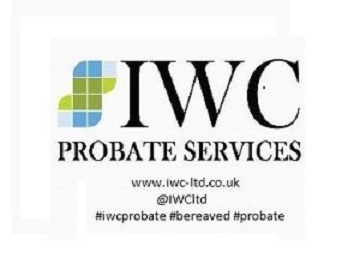
Most Popular
The Benefits of Making a Will Online in the UK
In today's digital age, the process of creating a will ...
Inheritance Tax Planning Advice: What You Need to Know
Inheritance tax planning is a crucial aspect of financial management ...
Unlocking the Power of Medallion Signature Guarantees
In the world of financial transactions, security and authenticity are ...



Why Inheritance Tax Planning Trusts Are There

A trust is a legitimate way to manage and preserve your assets. While establishing a trust, you can decide which of your assets will be held there; often, they include real estate, money, and investments. You next choose a group of trustees who, with your permission, can administer your estate plans, manage your trust's access rights, and distribute assets and income to your beneficiaries.
What accomplishes trust?
Trusts can be utilised in a variety of contexts. In general, they're a helpful tool for tax planning, keeping things as straightforward as possible when it comes to managing assets throughout your lifetime and handling your estate after your passing. They can therefore be an effective tool for lowering inheritance tax.
You must choose a group of trustees to manage the trust and act on your behalf when you create a trust.
There are several reasons you might decide to establish a trust, including:
- To safeguard your resources
- decreasing Inheritance Tax
- For the benefit of heirs who are too young to inherit
- should provide specific guidelines for the distribution of your estate among your beneficiaries
- Trusts for heirlooms and succession preparing taxes
You can employ a variety of trusts to aid with succession and inheritance tax planning, including:
One of the most popular trust types and a very flexible one, inheritance tax planning trusts permit your trustees to divide assets and income among beneficiaries. When parents desire to support their children and future generations that is a fantastic illustration of discretionary trust.
The simplest type of trust, a bare trust is simply a nominee agreement where a trustee controls assets for a beneficiary.
Transferring property using a trust
Using a trust to transfer your assets might provide you with a lot of peace of mind and lower your Inheritance Tax liability. By transferring your assets into a trust, you may be able to essentially remove them from your estate and place them in a metaphorical "safe" where they will be safeguarded for the people you want to inherit them.